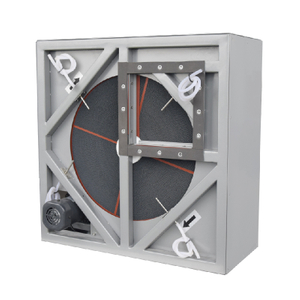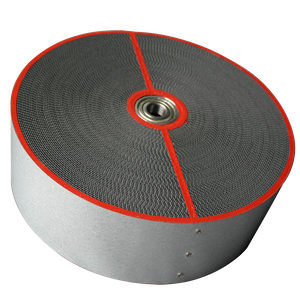How to prevent corrosion through humidity control?
Views: 152 Author: Site Editor Publish Time: 2022-02-08 Origin: Site
The destructiveness of corrosion can cause great losses in many fields.
The basic problem is the corrosion produced by moisture in air. Completely dry air does not exist, so we need to solve the problem of corrosion by controlling the relative humidity of the air. This article introduces some methods of dealing with corrosion from a humidity control perspective.
Let's first get to know how corrosion occurs.
Inorganic corrosion is defined as the destruction of a metal or alloy by a chemical or galvanized chemical reaction with environment. The three most important causes are the voltage differential between pure and impure areas, the physical conditions of temperature & humidity, and the oxygen in the air.
The ability to control pure and impure air produced by contamination of metal surfaces is minimal, and oxygen in the air cannot be prevented from contacting with metal surfaces. Nevertheless, moisture can be prevented from contacting with metal surfaces, so the restrict of environment humidity is the most efficient method to prevent corrosion.
There is also organic corrosion, which is generally caused by three types of bacteria that are well-endowed in the air. They appear and accumulate when RH reaches up to 60%. Organic corrosion can lead to a mechanical weakness of products and the medicinal substances in pharmaceuticals unusable. Bacterial growth can be prevented in most cases if the RH is kept below 35%.
Air supplied to the space such as warehouses and factories must be sufficiently dried in order to keep environment at the desired RH level. The process of physically removing moisture from the air is called dehumidification.
There are many ways to lower RH levels, such as heating the air, vacuum application, refrigeration and chemical dehumidification. However, drying by heating air and application of vacuum is limited and cannot be applied to all industries. Drying by refrigeration is also not really used in much fields. So chemical dehumidification has become the best choice for controlling RH.
Adsorption-based dehumidification systems work on the basis that a desiccant rotor rotates between two sections: a process area in which moisture is absorbed, and a regeneration area in which the adsorbed moisture evaporates and the rotor is regenerated for a new process cycle.
Puresci focuses on the air handling, and we have developed software to customize the most scientific and appropriate air handling solutions for different customers.
As a worldwide supplier of desiccant rotors, we proudly invite all buyers to contact us with your detailed requirements. We look forward to our cooperation.










